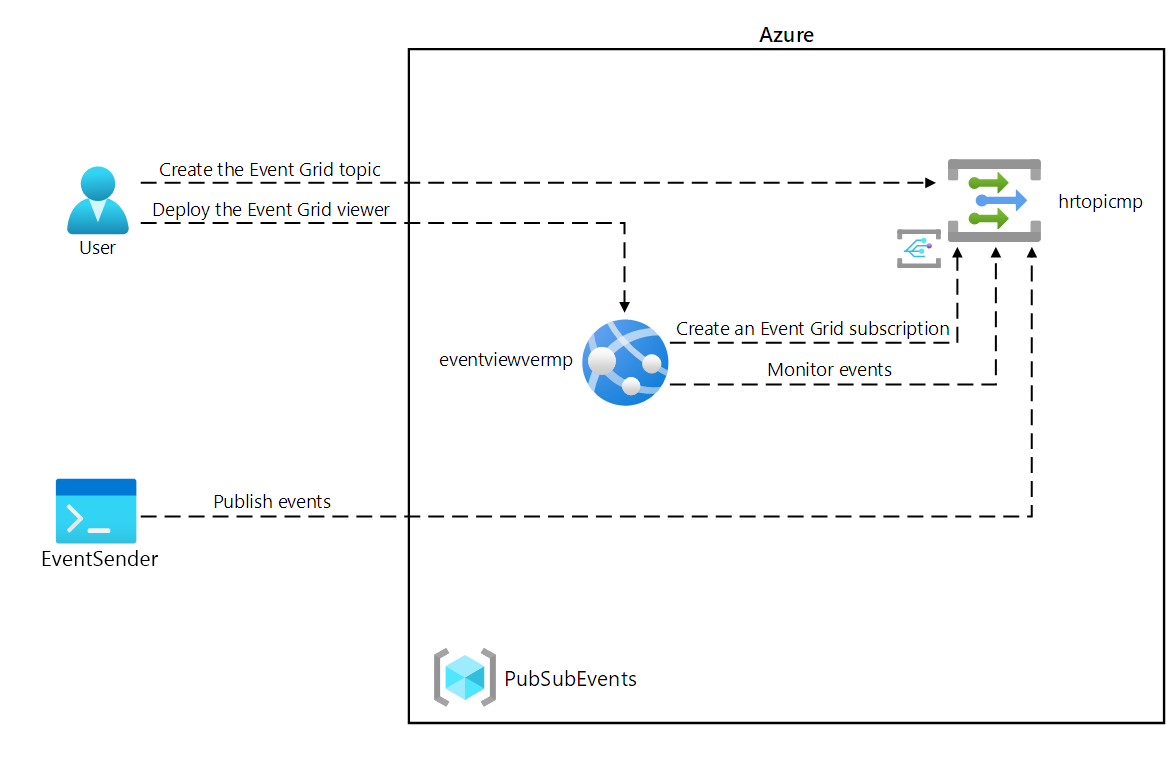The "visible" and "hidden" bindings
Purpose
The visible and hidden bindings cause the associated DOM element to become hidden or visible according to the value you pass to the binding.
Example
<div data-bind="visible: shouldShowMessage"> You will see this message only when "shouldShowMessage" holds a true value.</div><script type="text/javascript"> var viewModel = { shouldShowMessage: ko.observable(true) // Message initially visible }; viewModel.shouldShowMessage(false); // ... now it's hidden viewModel.shouldShowMessage(true); // ... now it's visible again</script> |
Parameters
Main parameter
When the parameter resolves to a false-like value (e.g., the boolean value
false, or the numeric value0, ornull, orundefined), thevisiblebinding setsyourElement.style.displaytonone, causing it to be hidden. This takes priority over any display style you’ve defined using CSS.When the parameter resolves to a true-like value (e.g., the boolean value
true, or a non-nullobject or array), thevisiblebinding removes theyourElement.style.displayvalue, causing it to become visible.Note that any display style you’ve configured using your CSS rules will then apply (so CSS rules like
x { display:table-row }work fine in conjunction with this binding).
The
hiddenbinding works oppositely—when the parameter istrue, it hides the element by setting thedisplaystyle tonone; and when the parameter isfalse, it removes thedisplaystyle.If this parameter is an observable value, the binding will update the element’s visibility whenever the value changes. If the parameter isn’t observable, it will only set the element’s visibility once and will not update it again later.
Additional parameters
- None
Note: Using functions and expressions to control element visibility
You can also use a JavaScript function or arbitrary JavaScript expression as the parameter value. If you do, KO will run your function/evaluate your expression, and use the result to determine whether to hide the element.
For example,
<div data-bind="visible: myValues().length > 0"> You will see this message only when 'myValues' has at least one member.</div><script type="text/javascript"> var viewModel = { myValues: ko.observableArray([]) // Initially empty, so message hidden }; viewModel.myValues.push("some value"); // Now visible</script> |

No comments:
Post a Comment